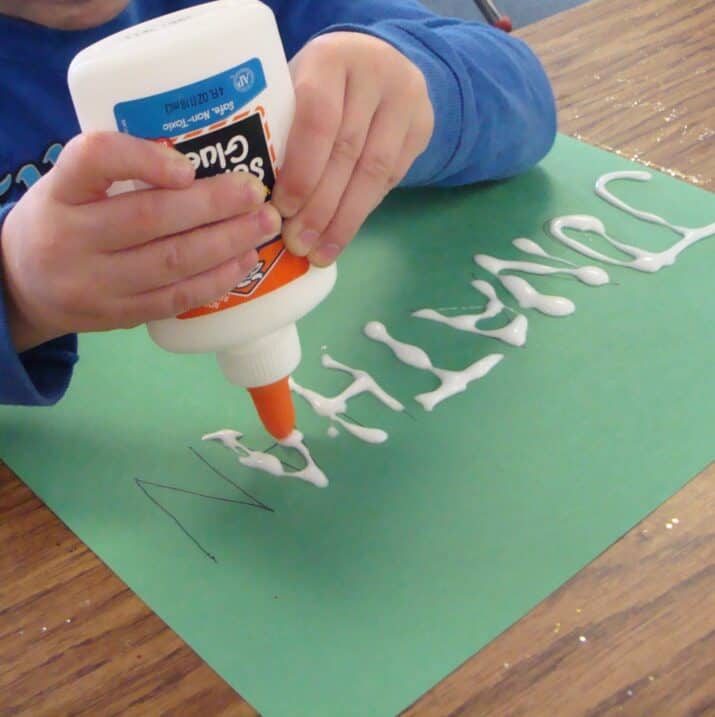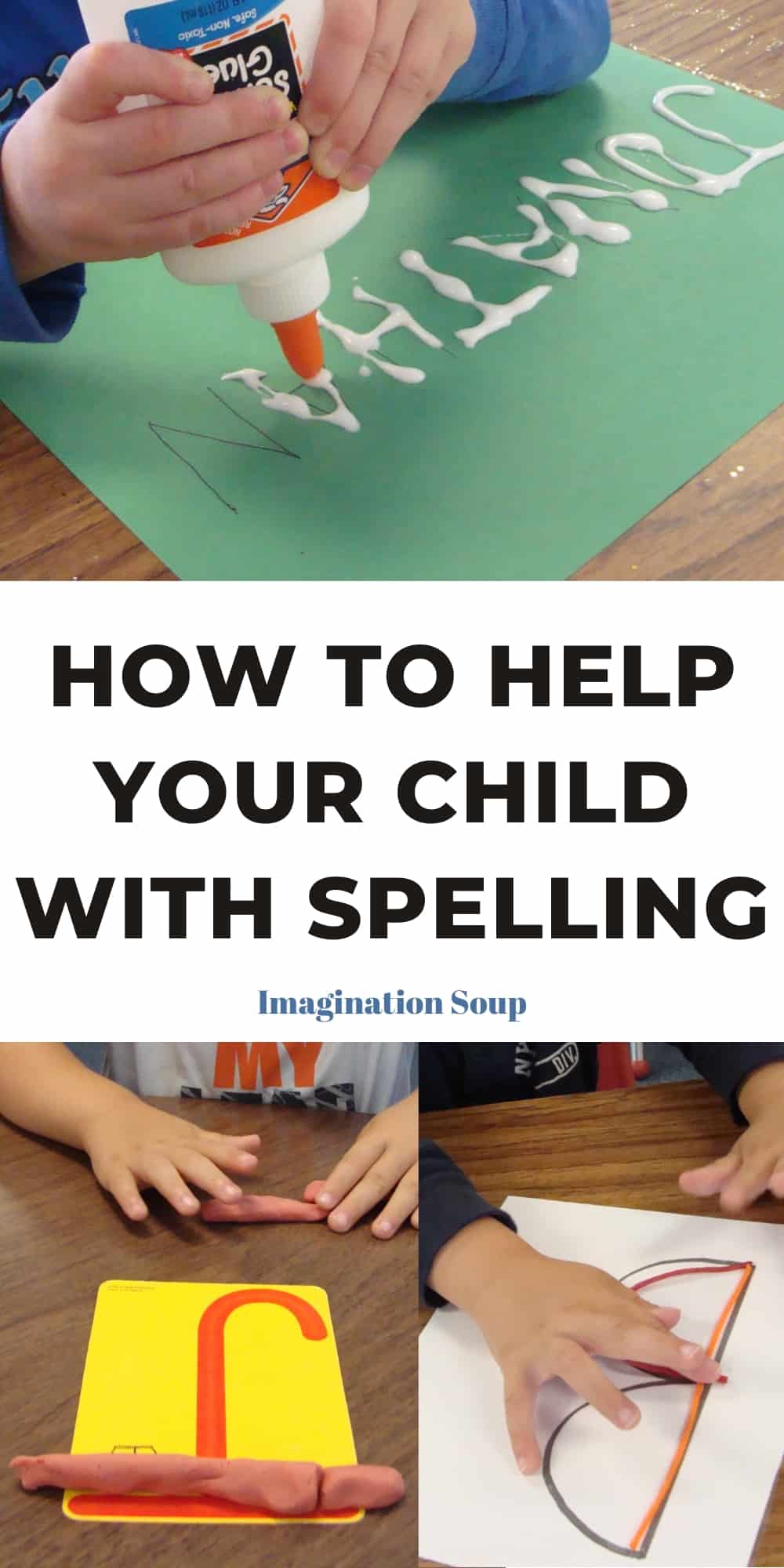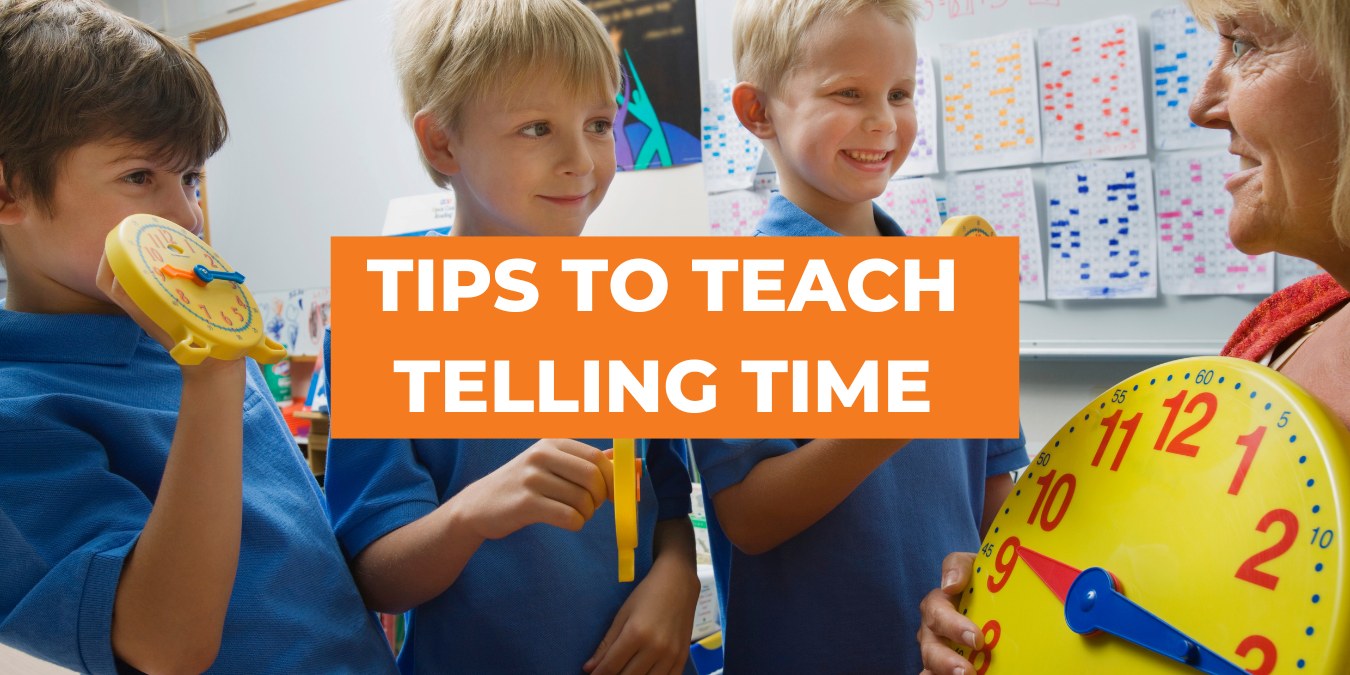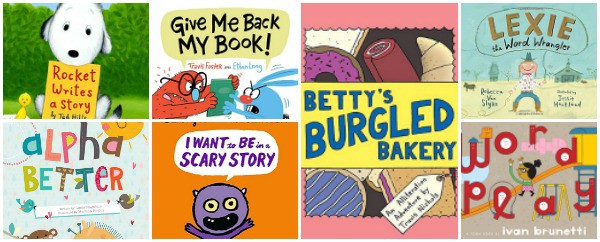How to Help Your Child with Spelling
This post may contain affiliate links.
How to Help Your Child with Spelling
He typed the word “thay.” I waited in suspense to see what would happen. Finally, he shook his head, hit delete twice, and re-wrote it as “they.” Phew! Years of hard work were paying off! Both of my sons have struggled with spelling for years. It’s only recently that they seem to finally be making progress!
Spelling is notoriously difficult in the English language. Our language has what’s known as a deep orthography (the fancy Latin word for spelling.) That means that there are many different ways to spell an individual sound. Just think of how many ways there are to spell the long a sound! a, a with silent e, ay, ai, ei, ey, eigh, ea. Most of these many different spellings are due to all of the languages that English has folded into itself over the centuries. For some children, like me, spelling seems to come naturally. Yes, I was one of those spelling bee contestants! But, for many children, like my own twin sons, spelling remains a challenge through to adulthood. But, there are a number of ways that you can help make spelling less painful, and perhaps even a little enjoyable.

Stages of Spelling
It’s important to know how a child’s spelling develops so you know what’s developmentally appropriate and what’s not. I turn to my absolute favorite child development book, Yardsticks by Chip Wood for this information. It’s such a great book! Here are the stages of spelling for the primary grades that Wood outlines:
- age 4 – prephonemic. Many letters that a child writes to spell a word don’t match with the sounds. They’re just playing around with letters.
- age 5 / kindergarten – largely prephonemic or early phonemic. They start to use letters that go with initial sounds and then string those letters together. They’ll often skip vowels. Ex. brd for bird.
- age 6 – beginning spelling. They start to use more and more letters to correspond with sounds, but don’t have an understanding of most spelling rules. Ex. frendz for friends, sed for said
- age 7 – correct spelling is emerging from beginning spelling, increased sight word and phonetic word fluency, still some invented spelling
- age 8 – increasingly ability to spell correctly, to learn compound words and apply spelling rules
How to help your child’s spelling
Group by generalization or pattern
Though English has a reputation as being a difficult language to spell, a majority of words are phonetic and there are patterns that can be learned to make it easier. The best way to learn how to spell words is to make sure that the words your child is learning are grouped by common patterns, rather than a list of random words. Ideally, there shouldn’t be more than two or three patterns in a spelling list! For example, if your child has a spelling list that has words with short vowels, have them sort them into groups with a common vowel, like all of the words with a. Then, focus on learning each of those lists. If your child is learning how to spell words with long vowel sounds, have them sort by the spelling pattern as well. For example, if they’re working on oi and oy spellings, they should sort them into words with that common pattern. Then, study them.
Learn the generalization or pattern
It’s also important that your child sees the pattern in spelling, rather than memorizing words. How do you do this? Guide them in seeing the pattern themselves. If they’re working on ai and ay spellings, have them sort the words by spelling. Ask them to underline the vowel spelling. Then, ask them what they notice about where the ai vs. the ay spelling typically is. They should see that ai is almost always in the middle or beginning of the word and ay is almost always at the end of a word or syllable. Encourage your child to act as a “spelling detective” looking for clues about where spelling patterns are used.
Focus on the phonics
When your child is working on spelling words, they need to tap into the phonics skills they’ve learned in reading. If a word is phonetic, in other words, each letter or group of letters has a corresponding sound, I do this by “throwing” a child the word. Here’s the basic script for this technique:
The word is: lunch
First, clearly say the word, put it in a sentence, and then say it again while pretending to throw it to your child. “Lunch. I ate my lunch. Lunch. Catch it!”
Your child will catch it with their non-writing hand. Then, they will hold up one finger at a time as they say the sound (the sound! not the letter name!) that they hear. “Lll…uhh…nnn…ch.” Notice that the ch is together because it makes one sound.
Once they have “caught it” and sounded it out – they will write it down. They should name each letter as they write it down. “L..u..n..c..h.” The switch from letter sound to letter name helps reinforce that connection for your child.
Once they have written it down, they should re-read the word. “Lunch!”
This “catch and spell” technique has tremendous value in keeping children from mixing up the order of sounds, and making sure they’re hearing and recording each sound and letter correctly.

What if it’s not phonetic? Or, if a word continues to be difficult for your child?
What if your child is really stuck on remembering how to spell a word? Or, what if it’s not a phonetic word and the “catch and spell” method doesn’t work? That’s when visualizing comes to the rescue! This strategy is also called “sky writing” and is very effective for those tricky words! Here’s the basic script:
Example: the word “they” – which is a very hard word to remember for a lot of kids!
Have the word written down for your child to look at.
Ask them to stare at the word for ten seconds. Then, put the word away.
Tell them to pretend that their two fingers are a magic marker and that the air in front of them is a piece of paper or whiteboard. Have them pick up their two fingers and pretend to write the word in the space in front of them. They should write it slowly and left to right. They should name each letter as they “write” it. “T…h…e…y. ” When they finish writing it, have them go back to the front of the word and pretend to underline it as they say the whole word, “they.”
Now here comes the visualization part – this is very important! Ask them questions, and coach them to look at the word that they wrote in the air as though they could see it.
Questions to ask: What’s the first letter you wrote? What’s the last letter you wrote? What’s the second letter? I usually skip around instead of going in order of the letters, to force them to visualize it.
Once they have successfully answered your questions, have them write the word down on paper. Make sure they again name the letters as they write them and then read the word.
This is a great technique for kids to learn to use. They can identify the trickiest words on a spelling list and use sky writing to study!

And… make it multi-sensory!
Another strategy for those tricky words is tapping into multiple senses. Consider having your child write words in shaving cream or sand. Have them trace words in multiple colors or using different materials – chalk, marker, crayon. Give them letter magnets and have them build words. The more hands-on you can make it, the more likely it is for the words to be learned!


KEEP READING











